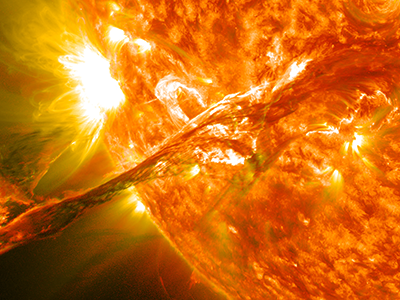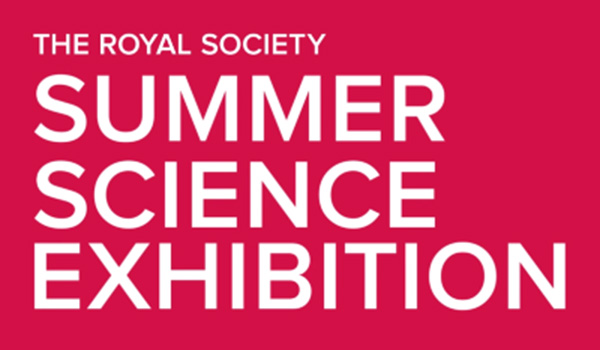Our team from the School of Engineering at Lancaster will be bringing their interactive space weather-themed display to the exhibition, showcasing their research project and the fascinating phenomena of space weather.
Our space weather project
Come and check out our interactive activities at our 'Monitoring extreme space weather’ exhibit at the Royal Society Summer Science Exhibition, 6th - 10th July 2022, at Carlton House Terrance, London. The exhibition is expecting 17,000 visitors over the course of the week with a total of 16 projects on display.
Test your throwing arm and ‘upset' a computer with our Single-Event Upset (SEU) demo. Sixteen large, illuminated arcade buttons (each representing a single transistor/bit) are displayed in a grid for you to try and change their stored value by throwing a charged particle (stress ball). Will you be a big winner or a big loser?
Our other main interactive attraction is a gesture-controlled app. An opportunity for you to control the Sun’s solar wind and launch cosmic radiation towards Earth, testing your reaction speed. Watch as it travels the 150 million kilometre journey, interact with our atmosphere and result in detectable events on Earth! How extreme was your space weather event? Did it delay trains, cause satellites to go off course, cause power grids to fail or even cause the internet to crash?







